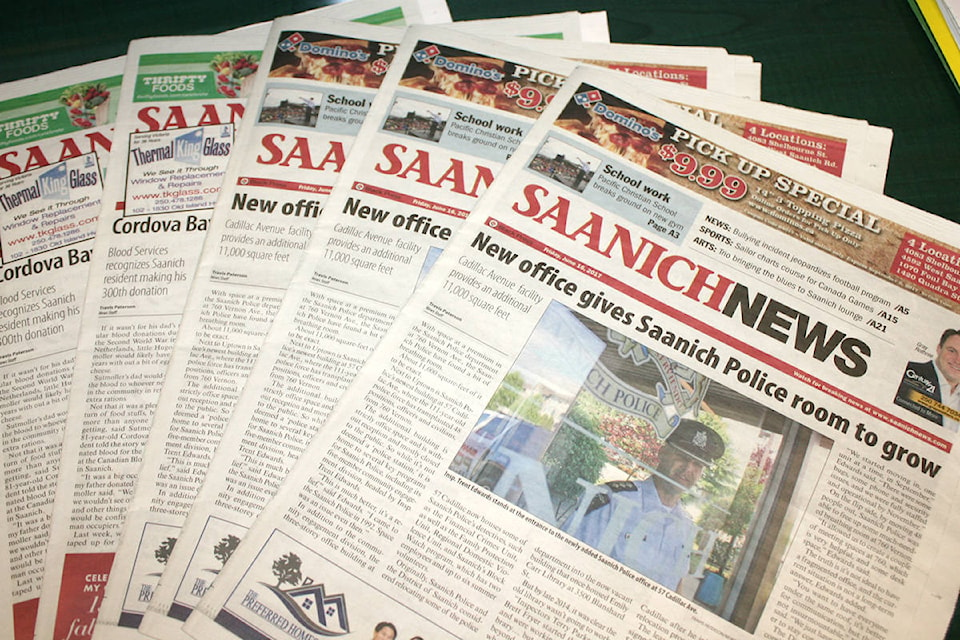The elements are aligning for what could be a perfect storm in Greater Victoria’s labour market. And this storm isn’t just a small blip on some distant horizon, as the first gusts can be felt coming ashore now.
Businesses in Saanich and across Greater Victoria are finding it harder and harder to attract workers to fill entry-level and lower-paying positions. The Tim Hortons in Saanich Plaza was even forced to scale back hours last month because it didn’t have the staff to keep the double-doubles flowing.
And according to Greater Victoria Chamber of Commerce CEO Catherine Holt, Timmy’s is not alone. “If you are in tight job market, it’s difficult to attract interest in minimum wage jobs,” she said. “That is an economic reality. People have other options.”
Statistics Canada puts Victoria’s unemployment rate for May at 3.9 per cent, and when that is combined with a regional vacancy rate dipping below one per cent, it becomes unclear where the workers will come from. With housing becoming harder to find, rental prices have nowhere to go but up. And as Holt points out: “The higher your rents go, the less attractive low-wage employment becomes.”
Many employers are already offering more than the current minimum wage of $10.85 an hour, and the simple rules of supply and demand dictate that those wages will continue to rise. That’s likely to lessen the resistance to the push towards a $15 minimum wage.
But what is becoming abundantly clear is the new provincial government cannot look at wages in isolation, but as just one factor in the quality of life for B.C. residents that must also include more concerted efforts to increase the supply of affordable housing. Employers must also look at new ways to attract and retain workers.
Unless more is done to address the situation faced by a growing number of workers around the Capital region, reduced hours and longer lineups could become the new reality for many.
